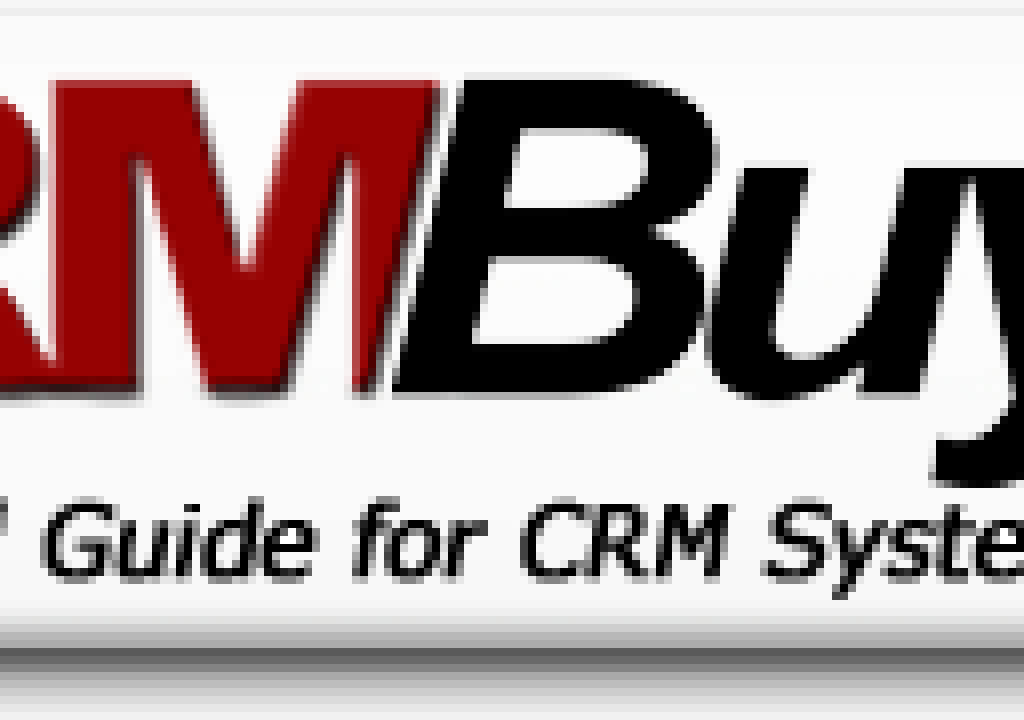Recent research from the Aberdeen Group — “Marketing Digital Asset Management: Capturing, Storing, and Retrieving Digital Media to Deliver Strategic Value” — explores the strategic value of digital asset management solutions for marketing departments.
The study revealed a number of surprising results about how top performing organizations (Best-in-Class) leverage digital asset management tools in marketing. The research also explores top features and benefits Best-in-Class organizations receive from asset management tools.
What Is the Difference Between Digital Asset Solutions?
- Marketing resource management (MRM). This term is generally used by marketing automation providers. MRM technologies typically provide document storage and retrieval as a subset of a larger group of features supporting marketing operations activities (event management, campaign management, etc.)
- Digital asset management (DAM). Provides functionality to manage, store and retrieve structured and unstructured data. DAM is often used by marketing for digital archiving, document management and workflow (for collateral, text, photos, rich media, video, audio and more). Many DAM solutions integrate with creative tools to support the creative process.
- Marketing asset management (MAM). Provides DAM functionality that is exclusively focused on marketing applications and frequently integrates with collateral customization and marketing automation technologies to provide seamless asset management through content distribution workflow.
- Enterprise content management (ECM). Provides management for all unstructured information wherever that information exists in an organization. Suite providers of ECM help manage content for multiple business functions (sales, operations, finance, marketing, legal, etc.) Common functionalities include, DAM, Web content management, document management, workflow and business processes, and records management. Subsets of ECM may be used to support the marketing or advertising department.
- Web content management (WCM). These solutions typically provide functionality for managing and optimizing marketing content online. Web content management is usually a separate offering from DAM; however, many organizations leverage DAM or ECM as part of their overall Web content management strategy.

